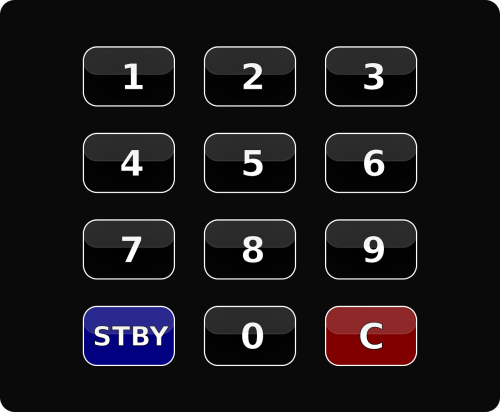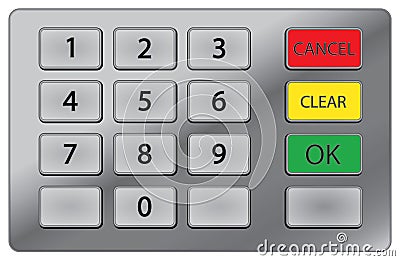


More recently, however, a number of studies have aimed at directly assessing human contributions and their impacts on microbial communities. The majority of studies have sought to describe microbial biodiversity and assess ecological patterns of “pristine” natural habitats such as oceans ( 2), lakes ( 3), soils ( 4, 5), sea ice and glaciers ( 6), and even clouds ( 7). Environmental sequencing studies focusing on conserved, phylogenetically informative genetic loci (e.g., nuclear markers encoding ribosomal subunits, such as the 16S rRNA gene in bacteria/archaea and the 18S rRNA gene in eukaryotes ) have enabled rapid detection and description of uncultivated taxa across diverse ecosystems.

In recent years, the growing accessibility of high-throughput sequencing technologies has vastly expanded our knowledge of microbial communities on a global scale, encompassing both natural and human-made ecosystems. We have only just begun to describe the vast array of microbial taxa that are likely to be present across diverse types of urban habitats. By focusing on ATM keypads in different geographic areas of New York City with distinct population demographics, we aimed to characterize the diversity and distribution of both prokaryotic and eukaryotic microbes, thus making a unique contribution to the growing body of work focused on the “urban microbiome.” In New York City, the surface area of urban surfaces in Manhattan far exceeds the geographic area of the island itself. ATM surfaces, potentially retaining microbial signatures of human inhabitants, including both commensal taxa and pathogens, are interesting from both a biodiversity perspective and a public health perspective. Although the number of built environment and urban microbial ecology studies has expanded greatly in recent years, the majority of research to date has focused on mass transit systems, city soils, and plumbing and ventilation systems in buildings. IMPORTANCE Automated teller machine (ATM) keypads represent a specific and unexplored microhabitat for microbial communities. DNA obtained from ATM keypads may thus provide a record of both human behavior and environmental sources of microbes. Our results suggest that ATM keypads amalgamate microbial assemblages from different sources, including the human microbiome, eukaryotic food species, and potentially novel extremophilic taxa adapted to air or surfaces in the built environment.

Eukaryotic assemblages were dominated by fungal taxa as well as by a low-diversity protist community containing both free-living and potentially pathogenic taxa ( Toxoplasma, Trichomonas).
#Atm keypad layout skin#
Bacterial assemblages on ATM keypads were dominated by taxonomic groups known to be associated with human skin communities ( Actinobacteria, Bacteroides, Firmicutes, and Proteobacteria), although SourceTracker analysis was unable to identify the source habitat for the majority of taxa. Neither the 16S nor 18S rRNA datasets showed any clustering patterns related to geography or neighborhood demographics. Downstream analysis was carried out in the QIIME pipeline, in conjunction with neighborhood metadata (ethnicity, population, age groups) from the NYC Open Data portal. Microbial swab samples were collected from three boroughs (Manhattan, Queens, and Brooklyn) during June and July 2014, followed by generation of Illumina MiSeq datasets for bacterial (16S rRNA) and eukaryotic (18S rRNA) marker genes. Our goal was to describe the biodiversity and biogeography of both prokaryotic and eukaryotic microbes in an urban setting while assessing the potential source of microbial assemblages on ATM keypads. Here we carried out a baseline study of automated teller machine (ATM) keypads in New York City (NYC). In sprawling metropolitan habitats, the “urban microbiome” may represent a mix of human-associated and environmental taxa.
#Atm keypad layout drivers#
In densely populated urban environments, the distribution of microbes and the drivers of microbial community assemblages are not well understood.


 0 kommentar(er)
0 kommentar(er)
